I Spy Science: What is Concrete?
![[Translate to Englisch:]](https://www.tugraz.at/fileadmin/_processed_/4/2/csm_ispyscience-beton-by-tugraz_77fcafaa69.jpg)
Concrete is mixed a bit like cake batter - TU Graz researcher Dirk Schlicke demonstrates it and explains what concrete is, what it can do and how it is made.
![[Translate to Englisch:]](https://www.tugraz.at/fileadmin/_processed_/4/2/csm_ispyscience-beton-by-tugraz_77fcafaa69.jpg)
Concrete is mixed a bit like cake batter - TU Graz researcher Dirk Schlicke demonstrates it and explains what concrete is, what it can do and how it is made.
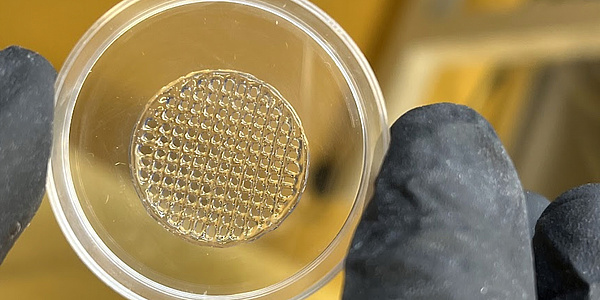
A research team from TU Graz and the Vellore Institute of Technology in India is developing a 3D-printed skin imitation equipped with living cells in order to test nanoparticles from cosmetics without…
One topic, but a multiplicity of angles and perspectives.
Climate change is omnipresent.
And it is also having an impact on our cities.
Scientists at TU Graz are researching how urban
living spaces can respond to these changes.
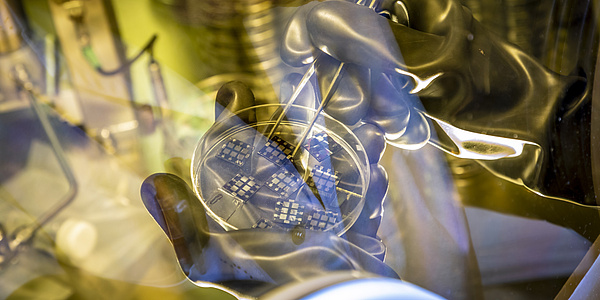
Using machine learning workflows developed in-house, the researchers were able to establish that heat conduction is much more intricate than previously thought. Findings offer potential for developing…
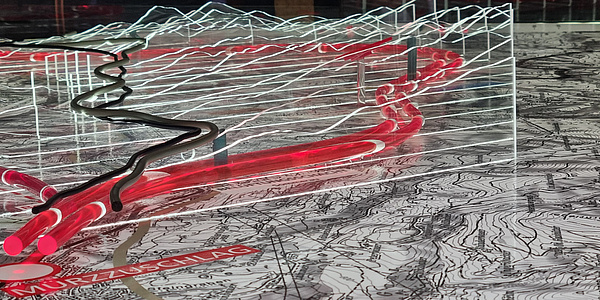
To learn something at university, you don’t always have to go to the lecture hall or library. Sometimes one of Austria’s most famous construction sites is the perfect place for this.
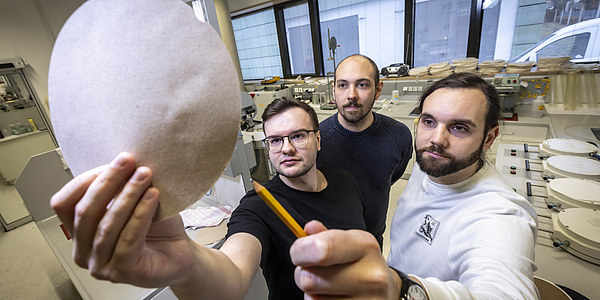
Until now, old clothes have mainly been incinerated. Using adapted processes from paper production, it is possible to recover the cellulose fibres from used clothing and use them to produce cardboard…
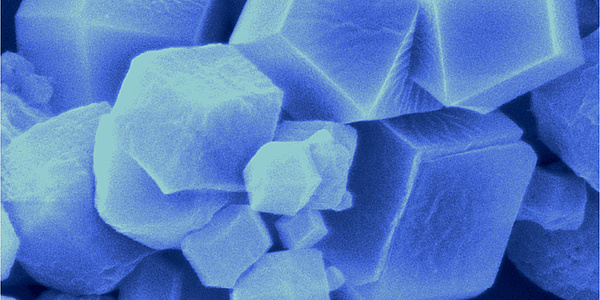
A research team led by Paolo Falcaro has developed a microporous crystal compound that signals whether protein-rich foods are spoilt. The ERC grant is now being used to explore practical applications.
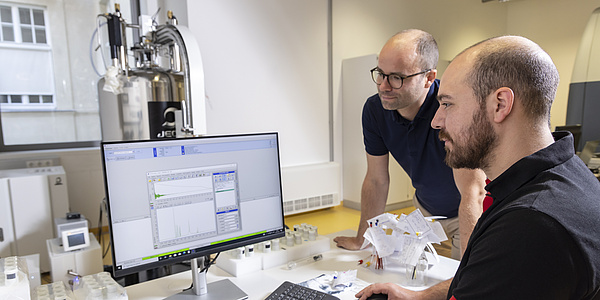
Using energy- and resource-saving methods, a research team at the Institute of Inorganic Chemistry at TU Graz aims to produce high-quality doped silicon layers for the electronics and solar…
![[Translate to Englisch:]](https://www.tugraz.at/fileadmin/_processed_/c/3/csm_Banner_AdobeStock_612446404_Editorial_Use_Only_by-Sven_Kreutzer_Wirestock_Creators_006119159a.jpg)
One of the first major studies on abrasion emissions from rail vehicles shows that a lot of particulate matter contaminated with heavy metals is produced especially along railway lines.
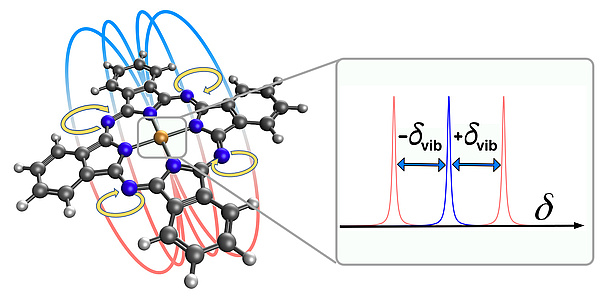
Physicists at TU Graz have calculated how suitable molecules can be stimulated by infrared light pulses to form tiny magnetic fields. If this is also successful in experiments, the principle could be…
Monthly Newsletter about current Researchtopic at Tu Graz. Follow now.
TU Graz | Communications and Marketing
Rechbauerstraße 12, 8010 Graz
+43 316 873 6005
kommunikation@tugraz.at